Contact Us
Don't Wait Until Small Issues Become Major Problems
When you notice these warning signs, professional inspection can save you thousands in potential structural damage and interior repairs.
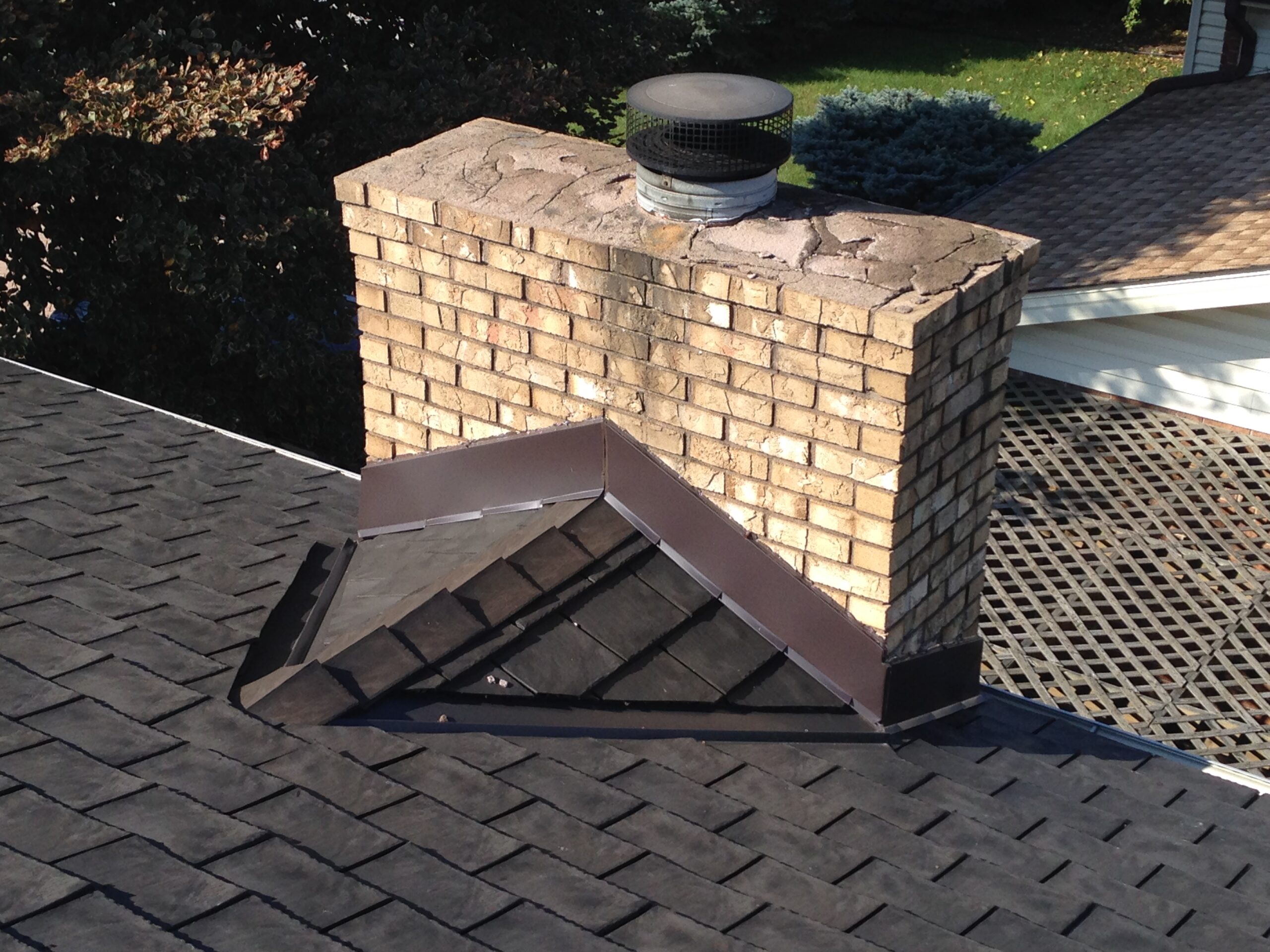
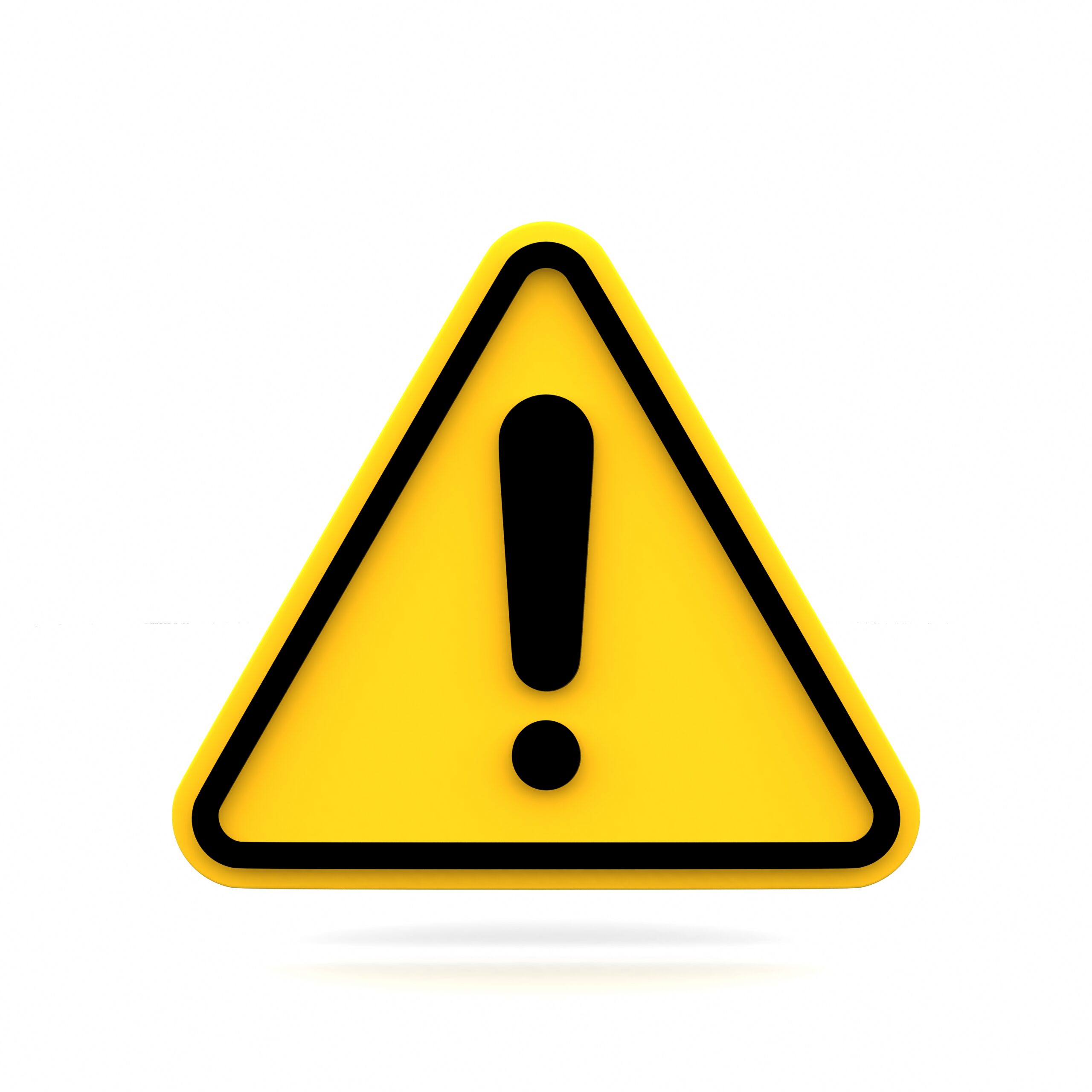
First off, let’s clear up a roofing myth. If your roof is missing a few shingles or is leaking, you do not automatically need a new roof. Knowing the age of your existing roof, which at times can be difficult, is a great indicator if you need a new roof. The majority of roofs have asphalt shingles, which typically have a life expectancy of about 20 years. However, if you notice any of the following warning signs, it’s recommended that you have a professional roof inspection in order to determine if you need a new roof.
Visible deterioration on your roof’s surface and surrounding areas often provides the first indication that professional attention is needed.
Problems appearing inside your home can signal serious roofing issues that require immediate assessment even when the exterior appears intact.
This is a sign of wear and tear. It’s a natural progression as your roof approaches the end of its life expectancy. One tell-tale sign of an expired shingle is if they break when you handle them. Shingles in good condition are pliable and will bend some, particularly in warmer weather.
As your shingles age, they lose granules. These mineral granules are used to attach the roof shingle surface, and protect the shingle from sunlight and harmful weather.
Flashings exposed to the elements can rust over time, especially in severe weather. Roof flashing is simply a piece of sheet metal, usually aluminum or galvanized steel. It’s placed over joints in roof construction to prevent water from seeping into the house and causing damage. The flashing is installed anywhere there is a break in a shingled roofline.
Poor attic ventilation is the leading cause of siding decay. This problem can eventually lead to structural damage and potentially harmful mold issues.
This is much more serious than just an aesthetic issue. By holding moisture against the roof surface, moss and lichen speed the wear of the asphalt surface in freezing climates by increasing frost damage to the mineral granule coating on the shingles. This is also a problem in non-freezing climates, as the roots of moss and lichens will eventually penetrate and separate the roof shingle materials.
This is most likely caused by ice dams. In this scenario, water has dripped from the top of the roof to the eave and frozen. The eave is the part of the roof that overhangs the ground and helps protect your walls from damage from heavy rain, hail, and other falling debris. The frozen water now forms a blockade that puts added weight on the eaves and allows water to leak into the house.
This can be caused by wind-driven rain and ice build-up. These warning signs indicate that inadequate shingle underlayment and deteriorated flashing may be present. In some cases, the condensation from the ice dams will leak into the attic.
Often times this is a product of excessive temperature and high humidity. Poor attic ventilation is the leading cause of blistering and peeling paint. The most common problems caused by poor ventilation are due to two factors: heat and moisture.
This is often times another result of poor shingle underlayment, which contributes to leaking and inadequate ventilation.
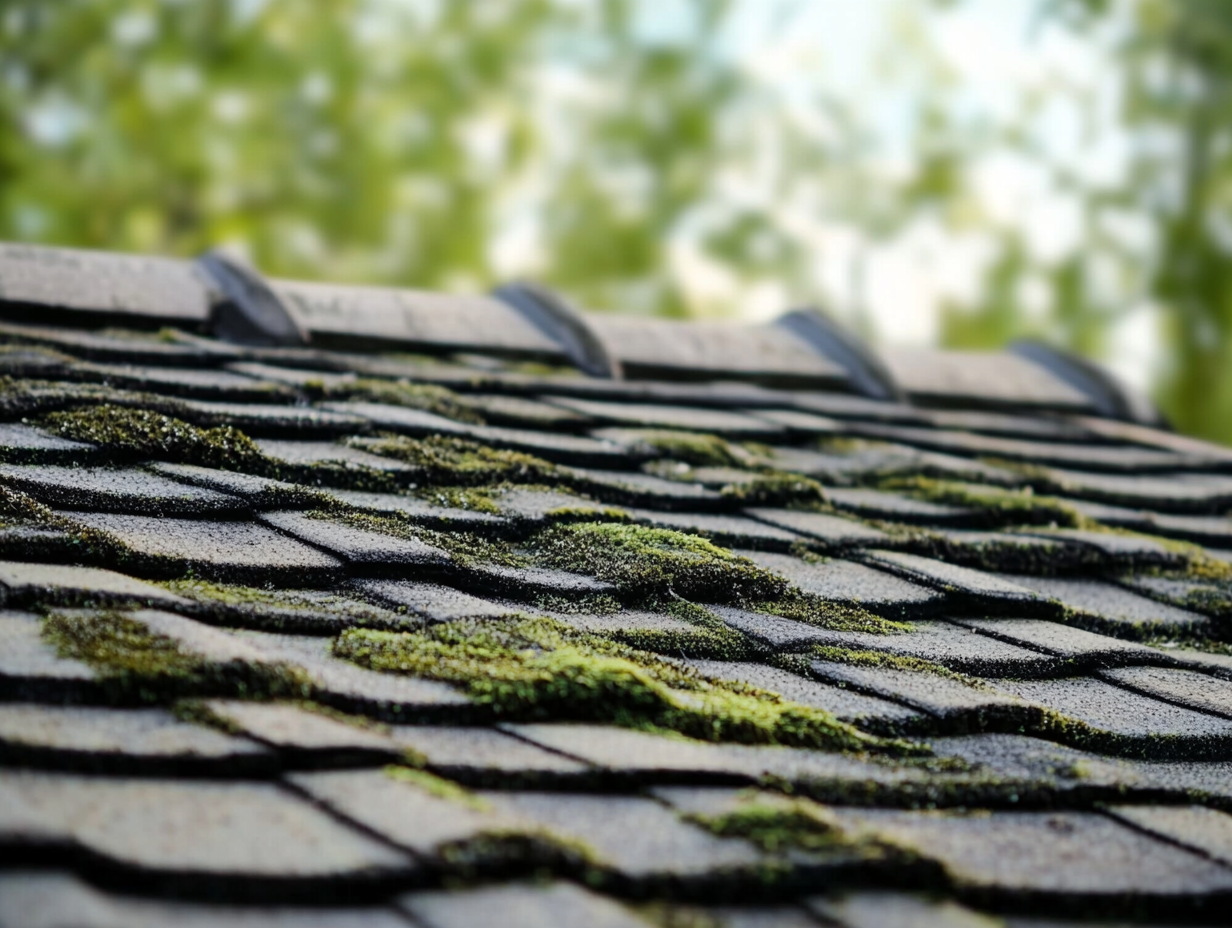
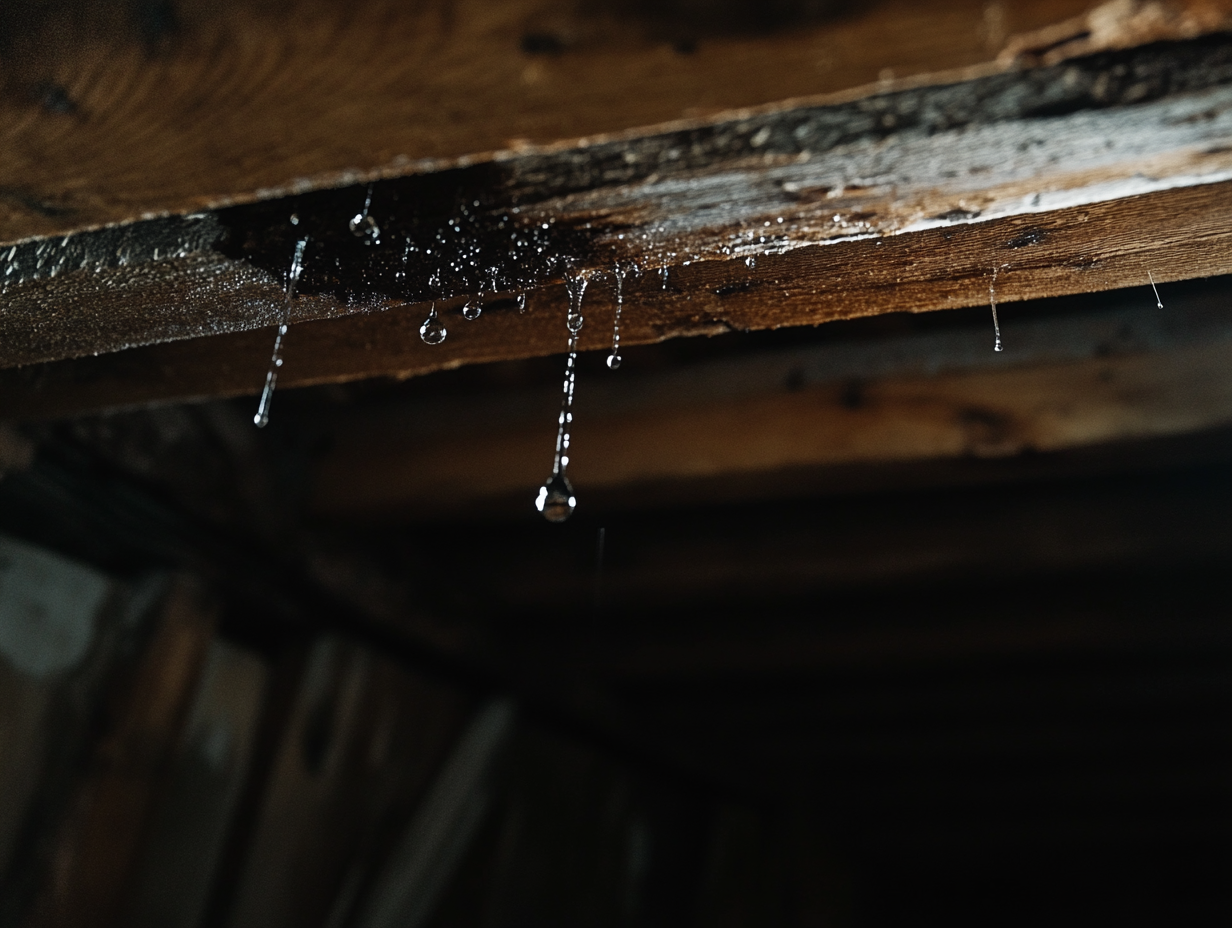
Choosing a roofing system and selecting a contractor can be an overwhelming process. Knowing the basics about your roof can protect you from making a big mistake. Roofing 101 helps to educate you about the major components of your roofing system, things to look out for, material selection and warranties.


Dayus Roofing and all shingle manufacturers highly recommend you tear off your existing roof prior to installing a new roof. It is possible to go over top of your existing roof in some situations, but specific installation practices.
Dayus Roofing and all shingle manufacturers highly recommend you tear off your existing roof prior to installing a new roof. It is possible to go over top of your existing roof in some situations, but specific installation practices.
Dayus Roofing and all shingle manufacturers highly recommend you tear off your existing roof prior to installing a new roof. It is possible to go over top of your existing roof in some situations, but specific installation practices.
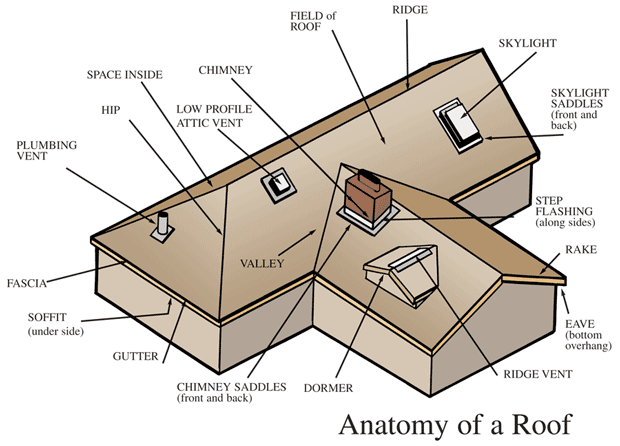
Spring is the perfect time for homeowners to check the condition of their roofs and make any necessary repairs or maintenance. Regular,

Spring is the perfect time for homeowners to check the condition of their roofs and make any necessary repairs or maintenance. Regular,

Spring is the perfect time for homeowners to check the condition of their roofs and make any necessary repairs or maintenance. Regular,

Spring is the perfect time for homeowners to check the condition of their roofs and make any necessary repairs or maintenance. Regular,
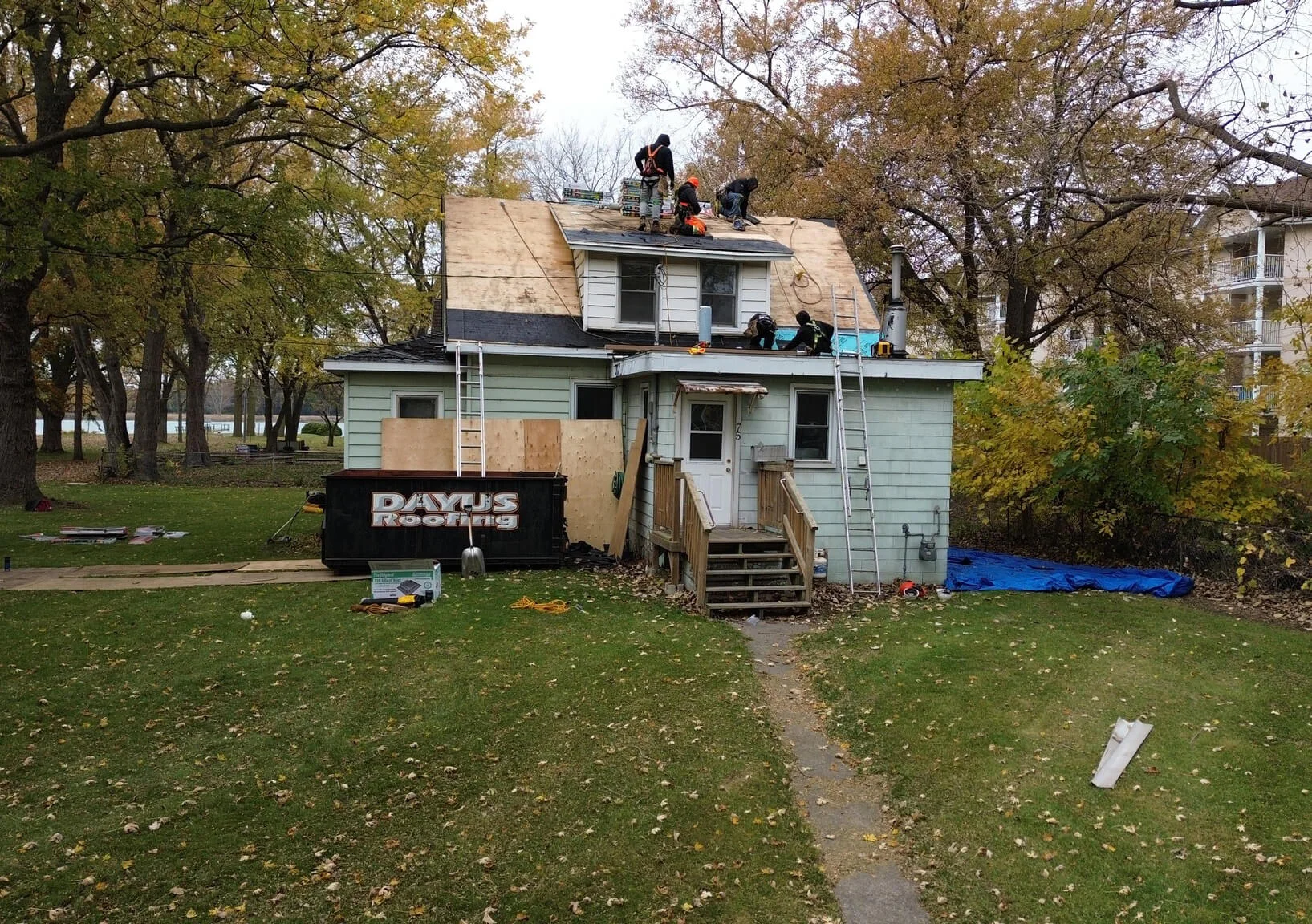




Choosing a roofing system and selecting a contractor can be an overwhelming process. Knowing the basics about your roof can protect you from making a big mistake.
Dayus Roofing and all shingle manufacturers highly recommend you tear off your existing roof prior to installing a new roof.
Dayus Roofing and all shingle manufacturers highly recommend you tear off your existing roof prior to installing a new roof.
Dayus Roofing and all shingle manufacturers highly recommend you tear off your existing roof prior to installing a new roof.
Dayus Roofing and all shingle manufacturers highly recommend you tear off your existing roof prior to installing a new roof.
Spring is the perfect time for homeowners to check the condition of their roofs and make any necessary repairs.
Spring is the perfect time for homeowners to check the condition of their roofs and make any necessary repairs.
Spring is the perfect time for homeowners to check the condition of their roofs and make any necessary repairs.
Spring is the perfect time for homeowners to check the condition of their roofs and make any necessary repairs.
Spring is the perfect time for homeowners to check the condition of their roofs and make any necessary repairs.
Spring is the perfect time for homeowners to check the condition of their roofs and make any necessary repairs.
When you notice these warning signs, professional inspection can save you thousands in potential structural damage and interior repairs.
Dayus Roofing is a family-owned and operated company that is dedicated to providing an unrivaled Windsor roofing experience. We believe in reliable workmanship, quality materials, and competitive pricing.